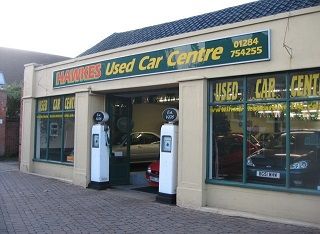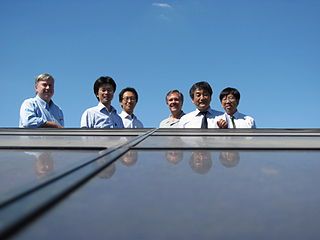Social Critic Noam Chomsky on Climate Change


Jon (in his newsletter): Hybrid electric vehicles are doing much better at retaining their market value than are plug-in electric vehicles, according to Kelley Blue Book. Used electric vehicles are retaining nearly 55% of their original MSRP, while hybrids are much higher with retained average value at 74.3%.
Craig: On the resale of the EVs and HEVs, how are you doing this? Are you sure you’re comparing apples to apples? Sounds like a difficult challenge to me. (more…)

Redford doesn’t exactly look like the Sundance Kid anymore (as if anyone looks as good at age 77 as he did at 33), but he sure continues to perform several extremely important functions in our society. Good going, sir.


In a large warehouse, employees work tirelessly at all hours of the day—with the help of hundreds or thousands of lights.
Commercial spaces—like large warehouses—can be energy suckers, with a significant amount of energy being used to light indoor and outdoor areas. With some being open nearly everyday for extended hours, energy usage can pile up quickly. Parking lot lights, ceiling lights, display lights. Someone needs to see it, they need to illuminate it. And providing energy to these lights can seem insurmountable. (more…)
Going green is a huge movement around the world.
As climate change becomes ever more apparent, people want to do their part to help the planet. Humans create a large eco-footprint with all of their activities.
Homes are one of the largest offenders, even though most people aren’t aware of just how much of an impact their living quarters have on the environment. This is one reason that green building is becoming more popular around the world. (more…)

But here’s another bad one that we don’t read too much about – the spread of diseases in both human and animal populations, and in interactions between the two. (more…)

I met Robert at last year’s Renewable Energy Finance Forum in San Francisco, when he was still head of business development in North America for JinkoSolar, one of the top six crystalline PV manufacturers (more…)

“Wow, my friend. That’s $400 an hour, 24X7. Yikes,” I proffered sympathetically. (more…)